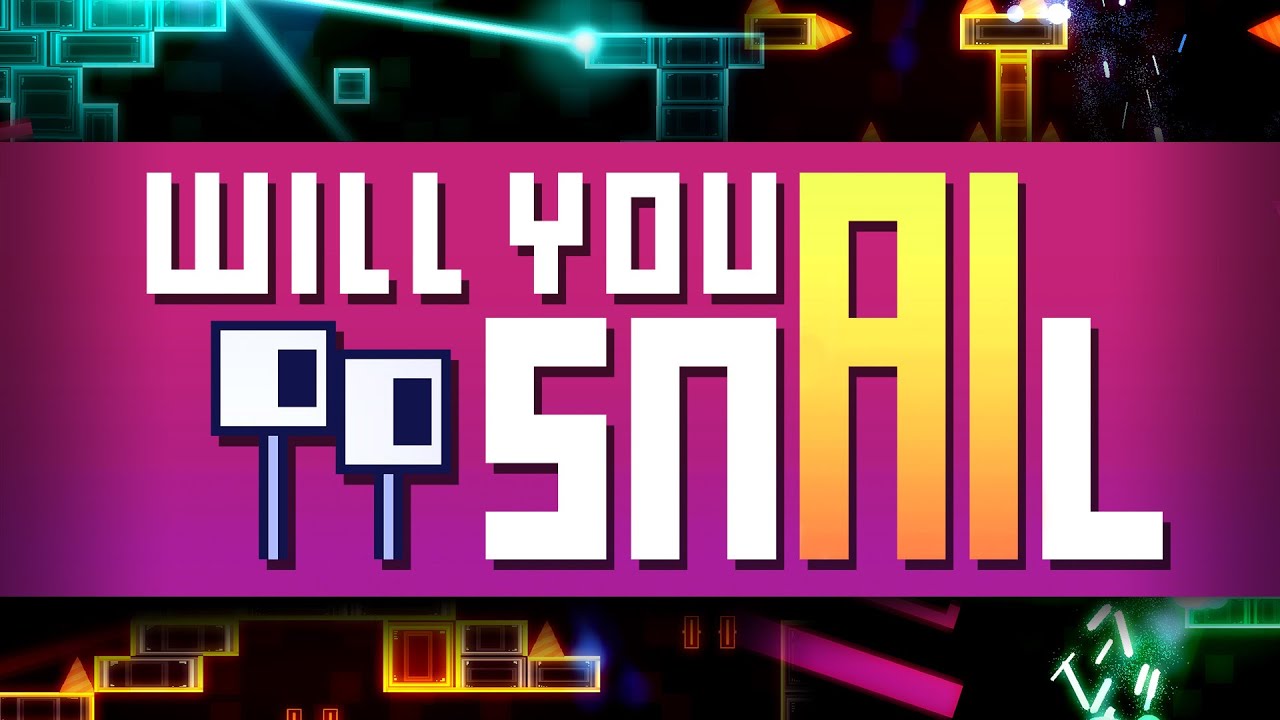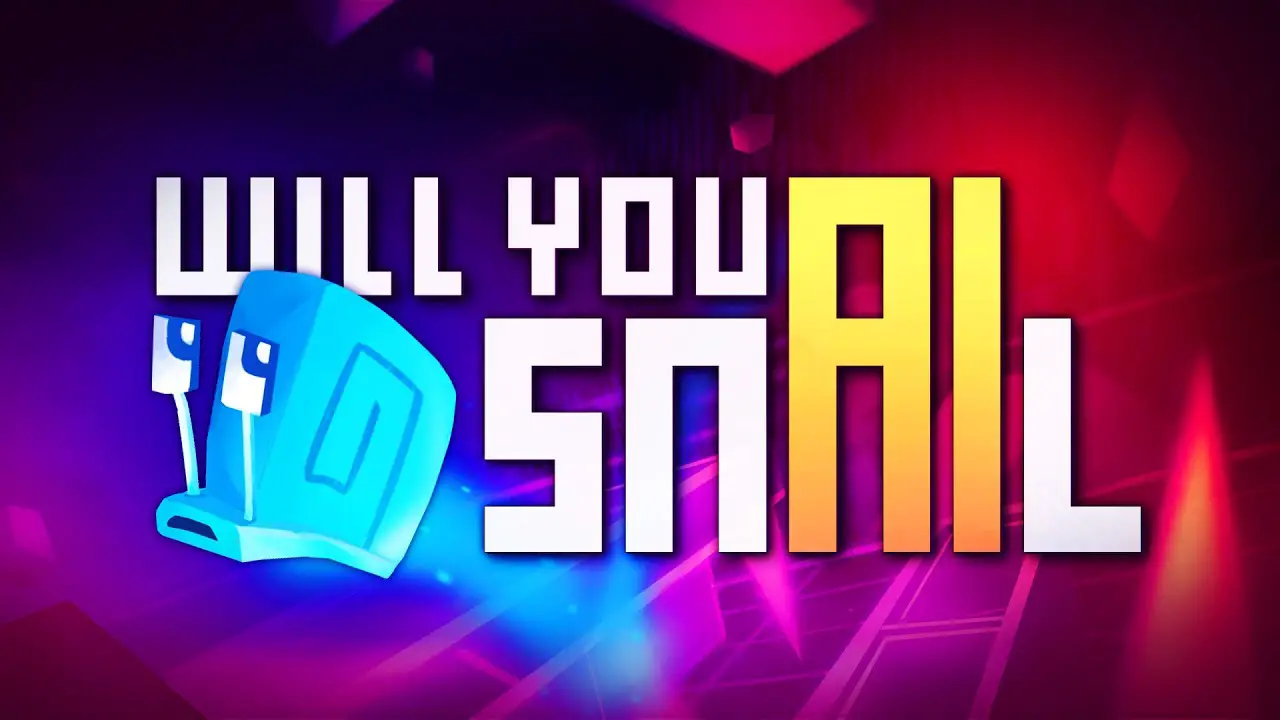This guide will show you the basic things that you need to know in Will You Snail? Learn more about the gameplay basics, keybindings, relevant settings, and beginner tips. This way you won’t miss out on any hidden features. Esta guía no tiene spoiler!
Controles & Keybindings
You mainly need three buttons to play the game: Izquierda, Bien, and Jump.
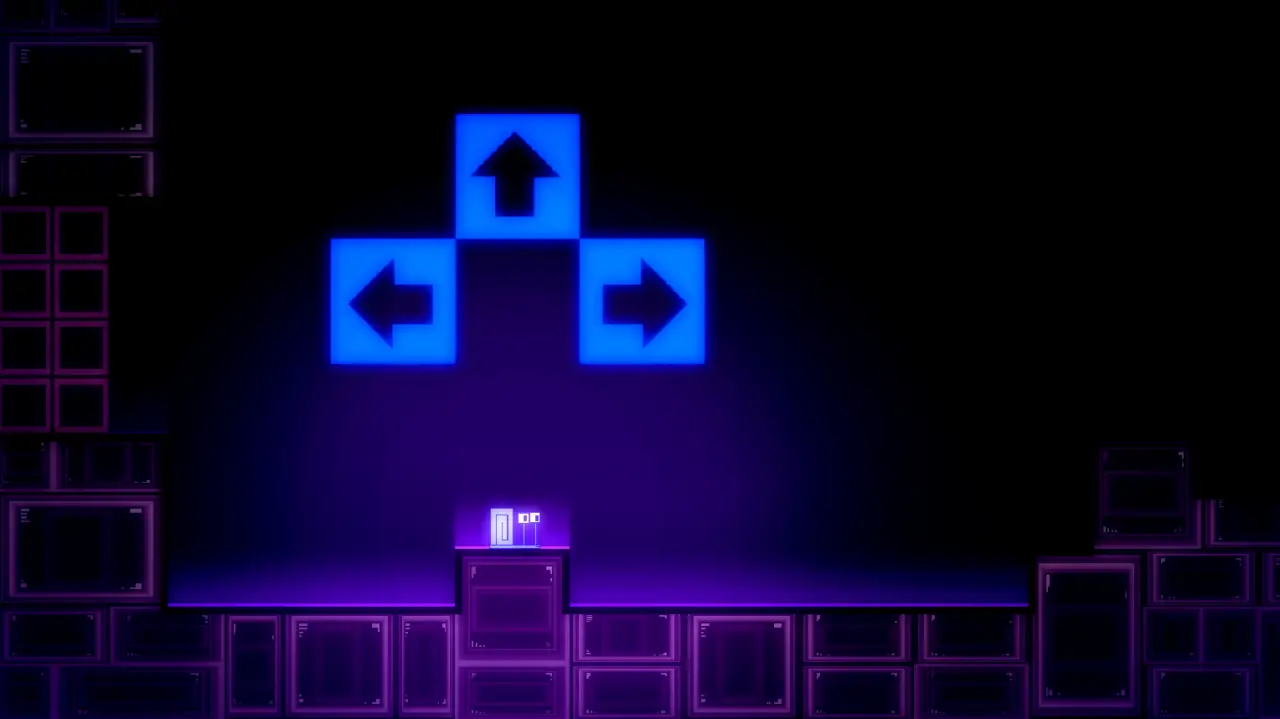
Occasionally you also need the Down button, Por ejemplo, to navigate dialog files or menus.
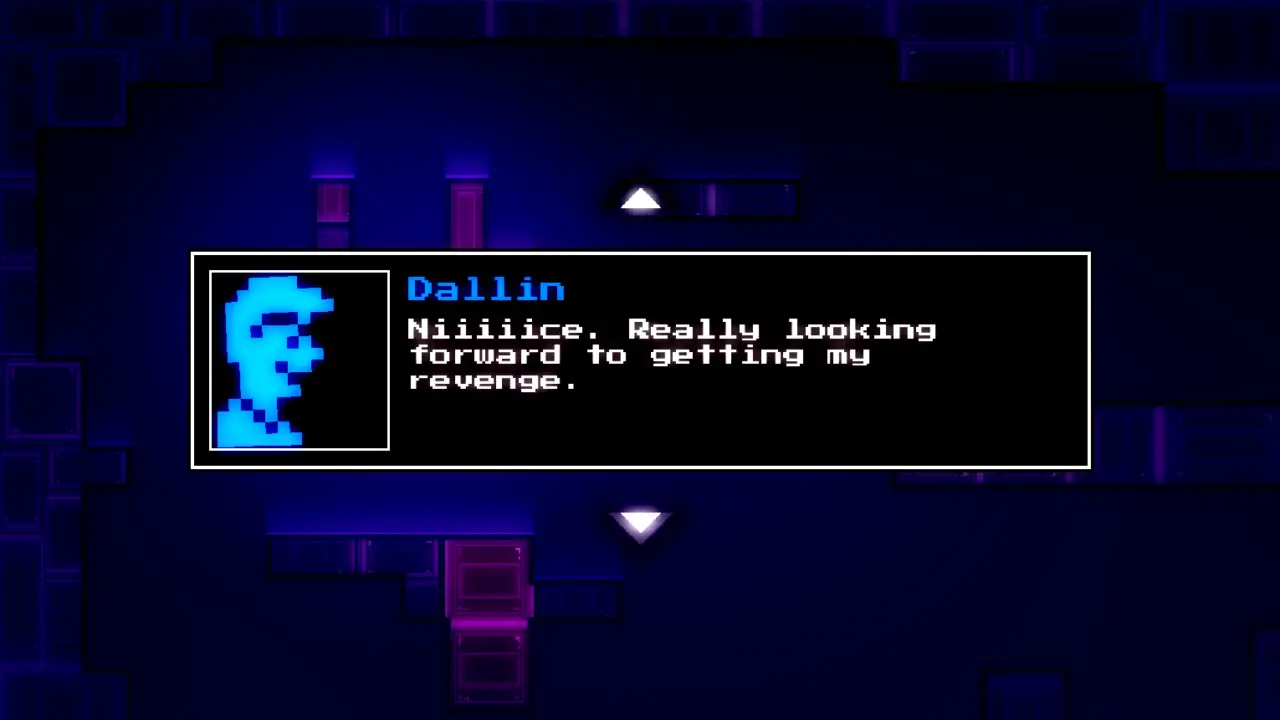
Keybindings
Actualmente, there is no key rebinding in the game. There are a ton of double, tipple, and quadruple bindings you can use, aunque.
Popular Movement Options:
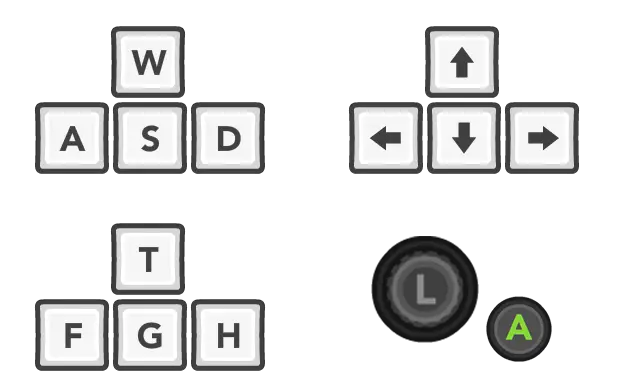
Moving Left and Right:
- A and D
- F and H
- Arrow keys left and right
- Left stick (controlador)
- Right stick (controlador)
- D-Pad left and right (controlador)
- Shoulder buttons (controlador)
- Shoulder triggers (controlador)
saltando:
- W.
- t
- X
- Y
- Z
- C
- Espacio
- Ingresar
- Arrow key up
- Bottom action key – A (controlador)
- Right action key – B (controlador)
- D-Pad up (controlador)
Navigate Down:
- S
- GRAMO
- Arrow key down
- D-Pad down (controlador)
- Left stick down (controlador)
- Right stick down (controlador)
Pausa / Continuar:
- Esc
- Pestaña
- Retroceso
- METRO
- PAG
- Comenzar (controlador)
- Seleccionar (controlador)
Reset Level:
- R
- Left action key – X (controlador)
Skip Voice Line:
- q
- Upper action key – Y (controlador)
Ajustes
Will You Snail has a lot of obvious settings like audio volume, idioma, dificultad del juego, but there are also a few hidden settings you should at least know about.
Did you know you can change the color scheme of the game?
This is in Settings / Gráficos / Colors.
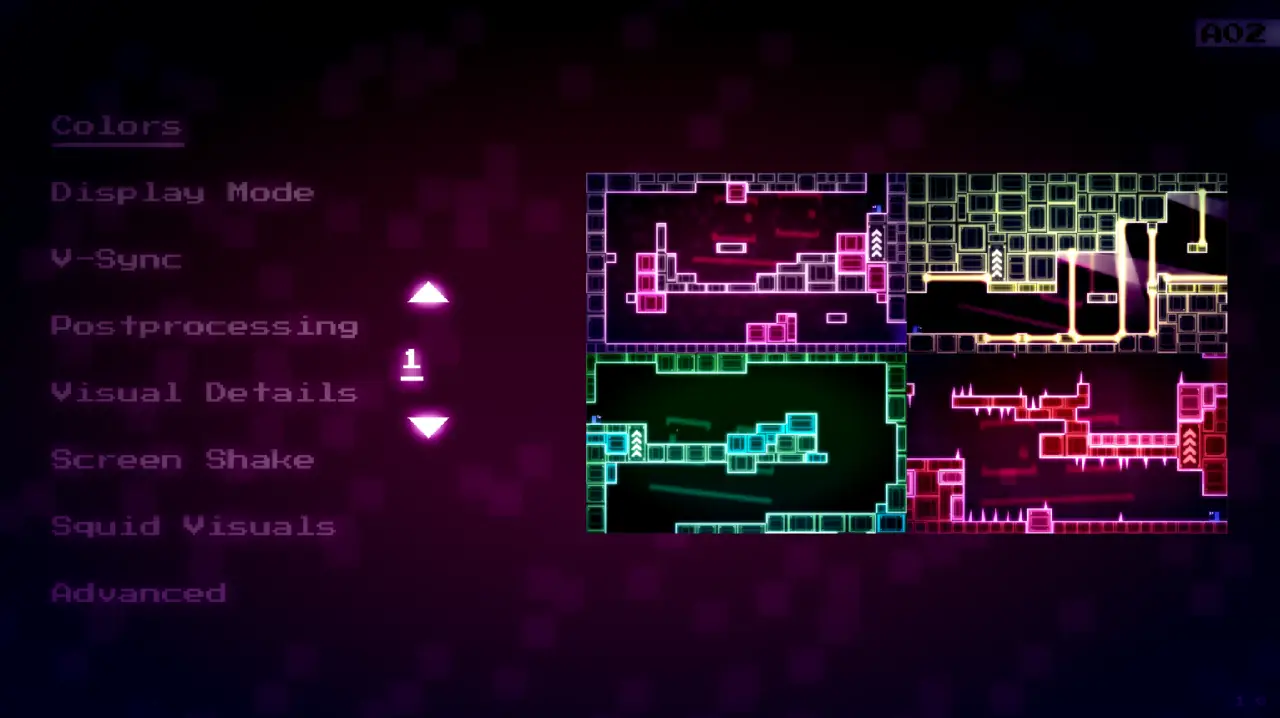
Different people seem to like different color schemes best, so it might be worth it to try out the other color schemes (if you’d like).
Did you know you can disable automatic difficulty?
Squid automatically changes the difficulty of the game for you depending on how well you play. In case that annoys you, you can turn it off.
That’s in Settings / Jugabilidad / Automatic Difficulty.
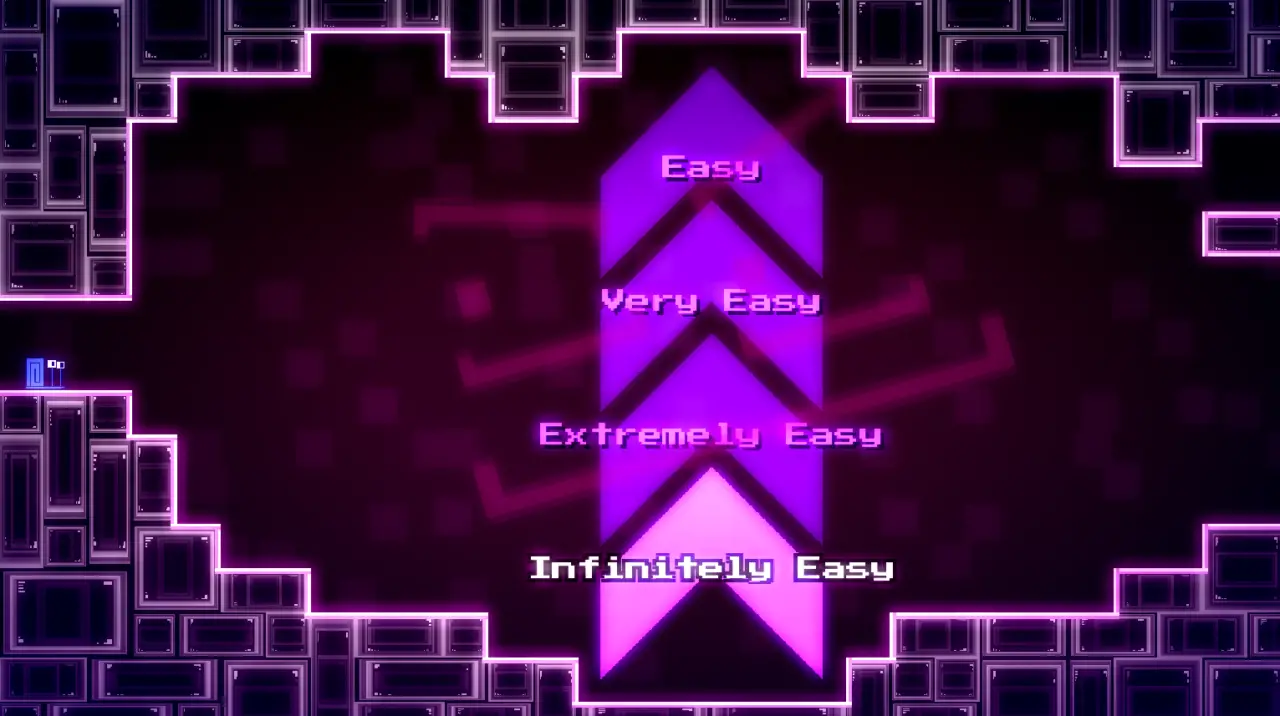
Did you know about the assist features?
That’s in Settings / Jugabilidad / Assist Features.
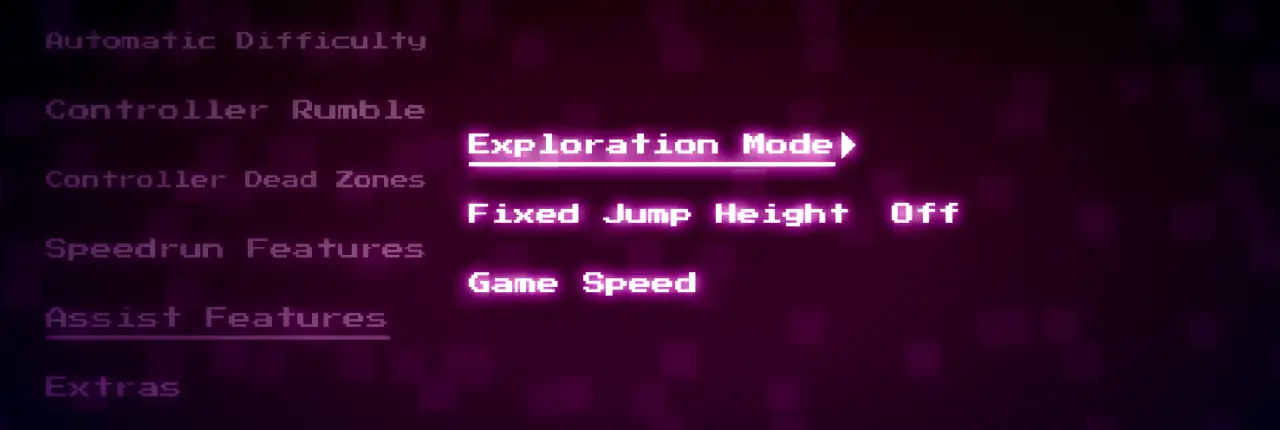
- Exploration Mode instantly unlocks all levels in level select (except for secrets). This way you can only play the parts you like best.
- Fixed Jump Height is for those who struggle with the variable jump height (usually you can regulate your jump height by varying for how long you press the jump button.) Enabling this option can make the game a bit easier to control for some players.
- Game Speed is an option you might want to mess with if you specifically struggle with reflexes or reaction times.
Did you know that you can show the AI predictions?
That’s in Settings / Jugabilidad / Extras.
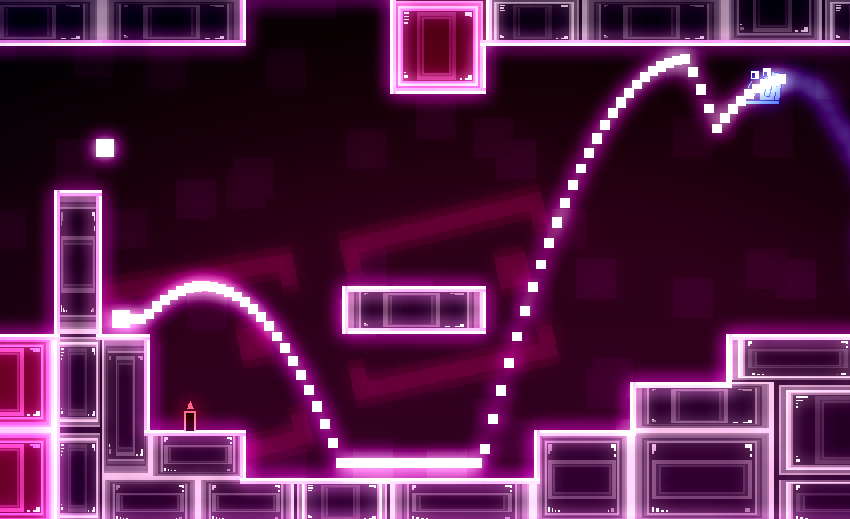
In Will You Snail there is a very simple AI algorithm (no machine learning involved) that constantly tries to predict your movement. These predictions are mostly used to spawn traps right where you’re about to go. You can show those AI predictions if you want to. It’s not very useful, but it’s a fun gimmick.
Did you know you can change the font?
This doesn’t apply to all languages, but almost all. If you find the pixelated default font hard to read, you can swish to a more readable font.
hat’s in Settings / Idioma / Font.
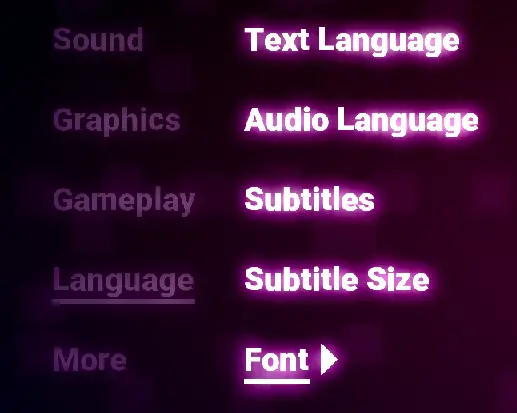
Level Select
The level select screen can seem a bit overwhelming when you first see it. Don’t be intimidated, aunque. It’s fairly straightforward.
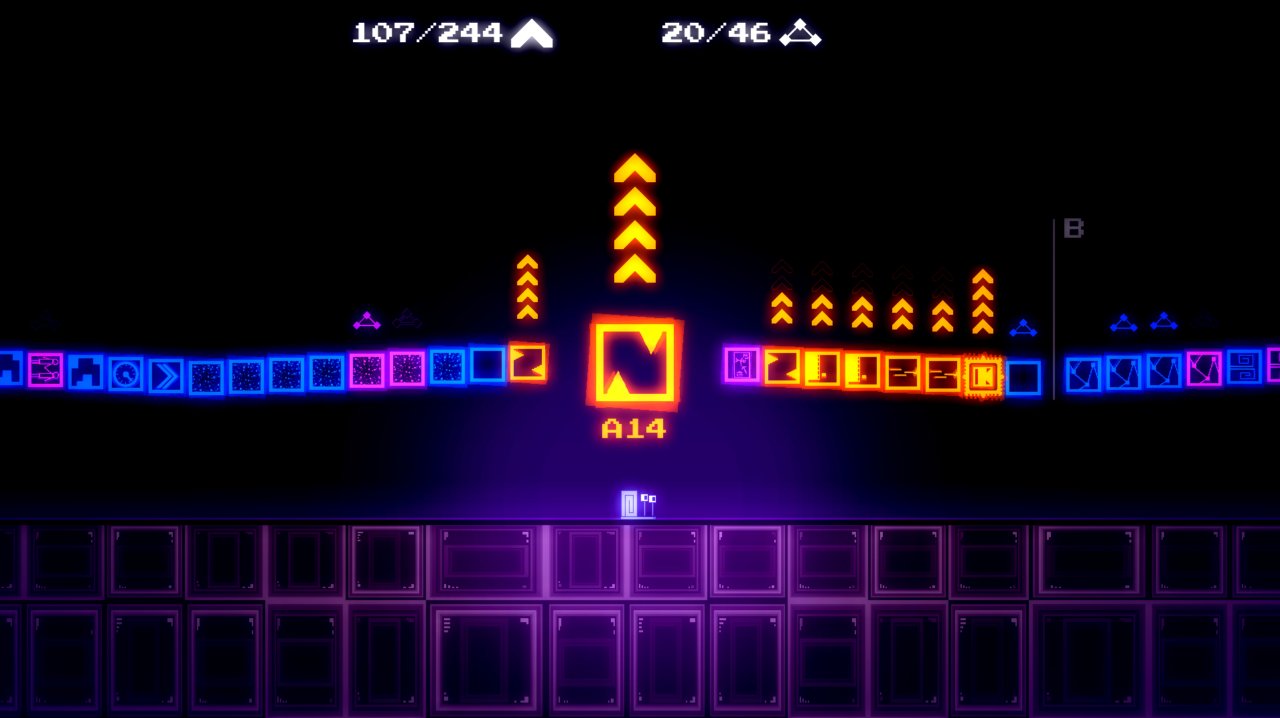
There are two ways to enter level select:
- Through the pause menu
- By leaving a level in the direction you came from
At the top of the level select screen, you can see how many collectibles you already have…
Puntos de habilidad
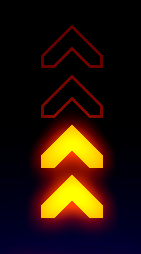
These are awarded for completing levels on a higher difficulty.
There are four difficulties so you can get a maximum of four skill points per level.
Exploration Points

These are awarded for solving puzzles and finding secrets.
To find these, mirar alrededor. Read story files carefully. It often pays off to come back again at a later point if you can’t reach one yet.
Eso es todo lo que estamos compartiendo hoy para este ¿Quieres caracol?? guía. Esta guía fue originalmente creada y escrita por Jonas Tyroller. En caso de que no actualicemos esta guía, puede encontrar la última actualización siguiendo este enlace.
